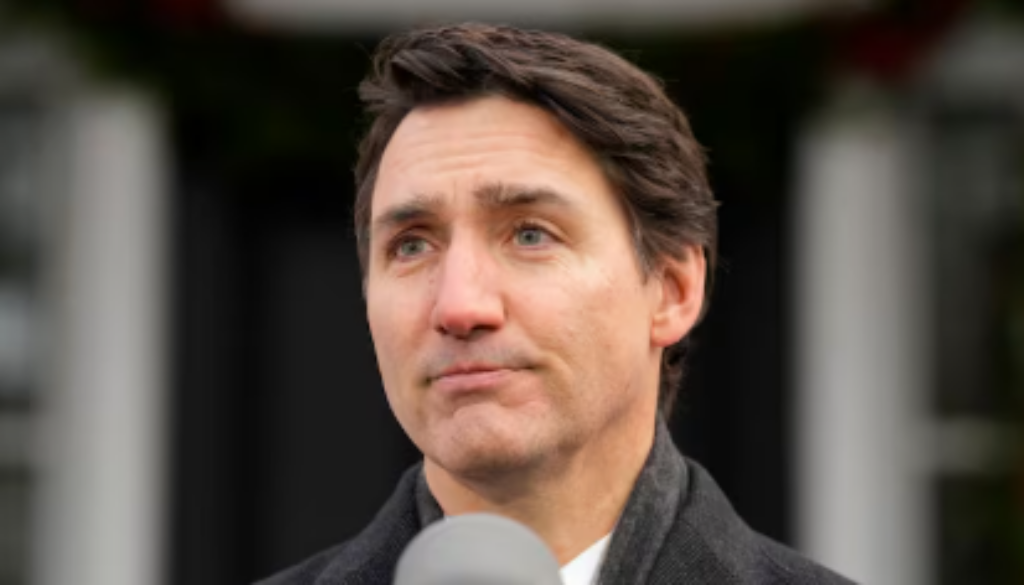Justin Trudeau’s decade-long tenancy as Canada’s Prime Minister came to an end on January 6, 2025, when he proclaimed his resignation, marking the conclusion of a career filled with both important attainments and deep disagreements. His story, which began far from the halls of power, remains one of the most convincing journeys in Canadian political history.
Modest Beginnings and a Non-Traditional Path
Born on December 25, 1971, in Ottawa, Ontario, Justin Trudeau was shoved into the nationwide attention early as the eldest son of Pierre Trudeau, one of Canada’s most iconic prime ministers. Hitherto, despite his privileged upbringing, Trudeau’s path to politics was far from conservative.
Before entering the public sphere, Trudeau held a variety of jobs, including teaching, working as a nightclub bouncer, and even serving as a snowboard instructor. These experiences tinted him as a man of the people, somebody who linked with Canadians from all walks of life.
The Political Rise
Trudeau’s political career began in earnest in 2008 when he was elected as the Member of Parliament for Papineau, a working-class district in Montreal. His charismatic personality and inborn ability to stimulate won him the leadership of the Liberal Party in 2013.
In 2015, Trudeau led the Liberals to an important victory, ending nearly a decade of Conservative rule. His campaign’s message of confidence, presence, and liberal rules hit a harmony, and at 43, he became Canada’s second-youngest prime minister.
Achievements as Prime Minister
Trudeau’s tenancy saw an upsurge of liberal policies that redesigned Canada’s national and international standing. His government introduced the Canada Child Benefit, legalized recreational cannabis, and recognized a central carbon tax to battle climate change.
Globally, Trudeau defended trade agreements like the Canada-United States-Mexico Agreement (CUSMA) and the Comprehensive and Progressive Agreement for Trans-Pacific Partnership. His promise to equal rights and diversity also made him respected internationally, underlined by a cabinet with an equal number of men and women.
Challenges and Controversies
However, Trudeau’s leadership faced important challenges. Early in his tenure, disgraces such as the SNC-Lavalin matter and rose photos of him wearing blackface makeup dull his reputation.
The COVID-19 pandemic brought further inspection. His government’s treatment of vaccine rollouts and the “Freedom Convoy” protests—flashed by vaccine orders—bare deep separations within Canadian society.
Financial issues, including housing affordability and increasing inflation, additionally worn community confidence, particularly among younger voters who had originally rallied behind him.
Deteriorating Admiration and Resignation
By 2021, the Liberalists had been reduced to a marginal government, signalling fading public support. The party’s deteriorating poll numbers were worsened by losses in key by-elections and high-profile resignations, including Deputy Prime Minister Chrystia Freeland in December 2024.
Facing rising internal and external pressures, Trudeau announced his resignation, admitting that Canada needed “a fresh start” and that his departure would let the Liberal Party reintroduce itself before the next election.
Legacy
Trudeau’s legacy is one of unambiguous differences: a leader who enthused many but left office amid deteriorating admiration. His tenancy tinted the difficulties of contemporary governance, from forward liberal principles to wrestling with discordant national discussions.
From a young man working as a bouncer in Montreal to becoming one of Canada’s most recognizable political figures, Trudeau’s journey is evidence of his pliability and ability to adapt. His departure marks the end of a political era, leaving Canada to navigate a future without the man who once assured “sunny ways.”
~ Sudeepa Ghosh

